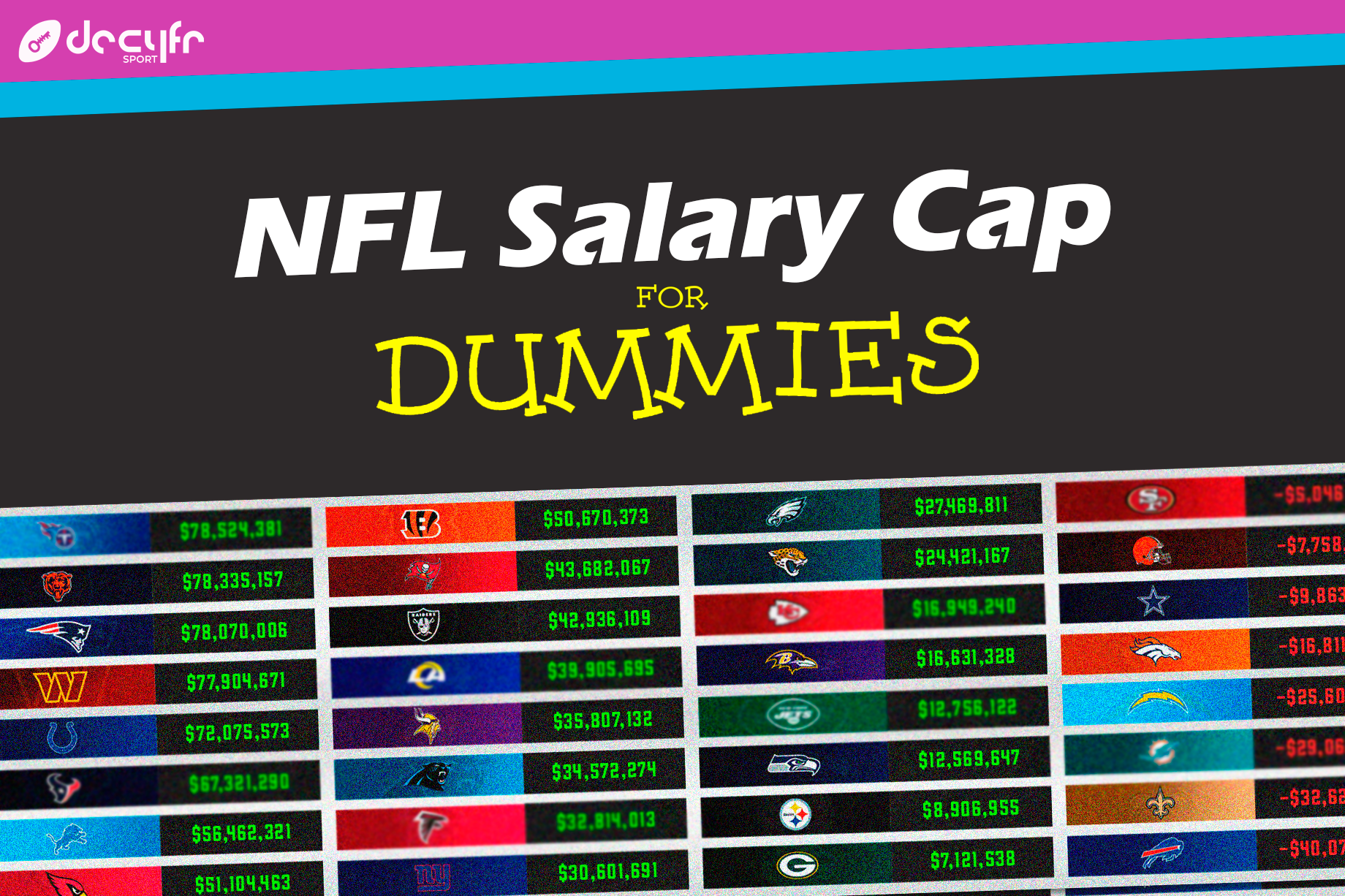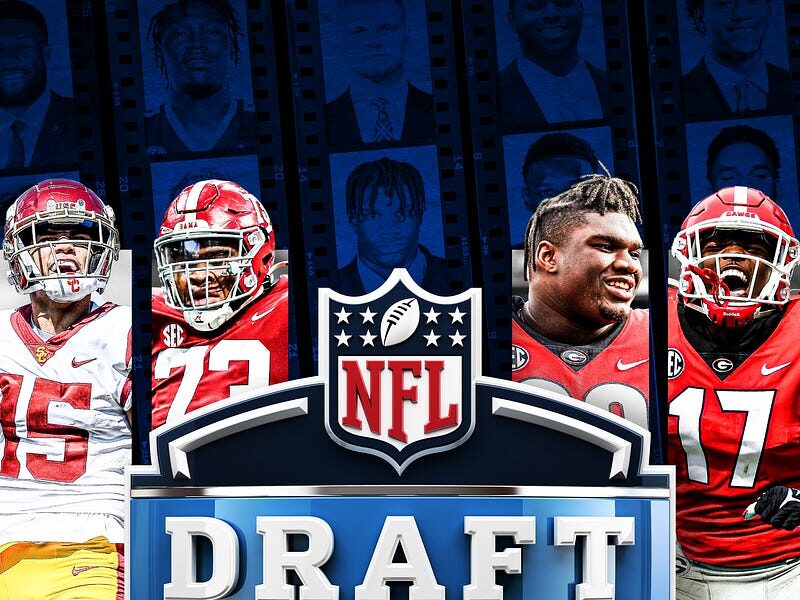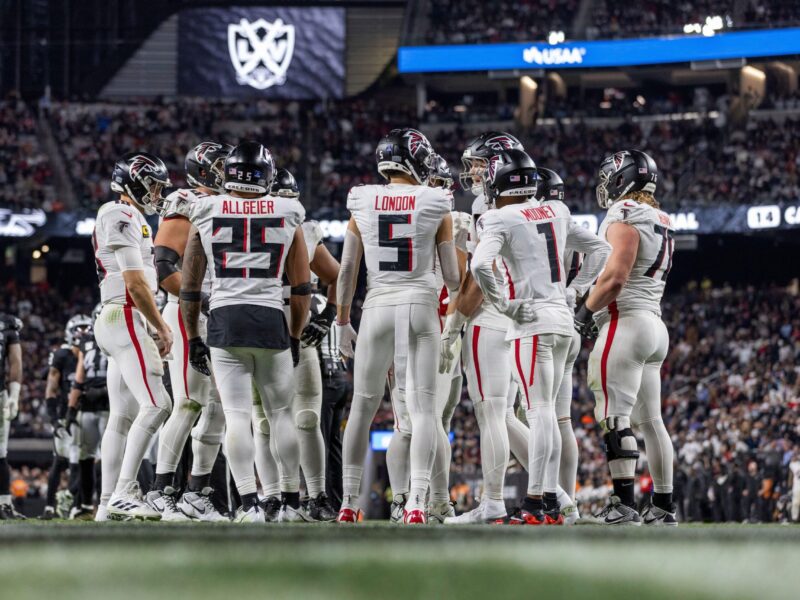Understand the crucial NFL Salary Cap! Learn how it impacts team building, free agency, and ultimately, a team’s potential reflected in NFL Power Rankings.
NFL Power Rankings & The Salary Cap
Every week, fans eagerly devour NFL Power Rankings. They offer a snapshot of who’s hot, who’s not, and where each team stands in the league’s hierarchy based on recent performance, wins, losses, and the good old “eye test.” But beneath the surface of those weekly shifts lies a powerful, constant force shaping the very foundation of every roster: The NFL Salary Cap.

While the cap doesn’t directly determine if a team wins or loses on Sunday, understanding it is crucial to grasping why some teams consistently hover near the top of the rankings, why others struggle to climb, and why even dominant teams eventually face tough roster decisions.
Let’s break down the NFL Salary Cap and explore its undeniable influence on team building and, consequently, long-term power potential.
What Exactly IS the NFL Salary Cap?
At its core, the NFL Salary Cap is a limit on the total amount of money each NFL team can spend on player salaries for a given league year.
- Purpose: The primary goal is competitive balance (parity). It prevents the wealthiest teams from simply buying up all the best talent, ensuring that teams in smaller markets have a relatively equal footing to compete.
- Calculation: The cap number isn’t arbitrary. It’s calculated based on a percentage of projected league revenues (think TV deals, ticket sales, merchandise, sponsorships – known collectively as “Football Related Income” or FRI). As league revenues grow, so does the cap.
- It’s a HARD Cap: Unlike some other sports leagues with “luxury taxes,” the NFL employs a hard cap. Teams cannot exceed this limit (though there are complex accounting rules and structures teams use to manage it year-to-year).
How Does the Salary Cap Impact Team Building (and Power Rankings)?
The salary cap forces every General Manager and front office into a constant balancing act. It dictates nearly every roster move and has profound effects:
- Resource Allocation & Tough Choices: You can’t pay everyone top dollar. Teams must prioritize. Do you invest heavily in a star quarterback? Build a dominant offensive line? Field an elite defense? Cap constraints mean strengthening one area might necessitate compromises elsewhere. This directly impacts the on-field product reflected in rankings. A team might have a top-5 offense but a bottom-10 defense due to cap allocation.
- Free Agency Frenzy: A team’s available “cap space” (the difference between the cap limit and their current spending) dictates their ability to sign free agents.
- Teams with Space: Can be aggressive, potentially adding multiple impact players to quickly improve their roster (and potentially jump in future rankings).
- Cap-Strapped Teams: Often must watch their own free agents leave for bigger contracts elsewhere and rely on cheaper veterans or rookies to fill holes. This can lead to talent drain and a slide down the rankings.
- The Importance of the Draft: The draft becomes paramount under a cap system. Hitting on draft picks, especially finding stars on affordable rookie contracts, is the lifeblood of sustained success. These players provide high value for a relatively low cap hit for 4-5 years, allowing teams to spend more on established veterans in other areas. Teams that draft poorly struggle to maintain competitiveness without overspending.
- Contract Structures & “Cap Magic”: Front offices get creative. They use signing bonuses (spread out over the contract length for cap purposes), void years (fake years added to spread bonuses further), and restructures (converting base salary to bonus money) to lower a player’s cap hit in a specific year. However, this often pushes dead money (cap charges for players no longer on the roster) into the future, creating challenges down the line. It’s a constant game of managing present needs versus future flexibility.
- The Talent Cycle: No team can keep all its stars forever. Eventually, rookie contracts expire, and players command massive second contracts. Teams often face gut-wrenching decisions: pay their homegrown star, let them walk, or trade them? This inevitable cycle, driven by the cap, contributes to the rise and fall of teams in the power rankings over multi-year periods.
The Salary Cap –> Power Rankings Connection
So, while a team’s Week 8 Power Ranking is based on their performance through Week 7, their ability to sustain that performance, or improve upon it, is intrinsically linked to their salary cap health:
- Well-Managed Cap: Often translates to roster depth, the ability to retain core players, flexibility to add talent mid-season or in free agency, and the capacity to weather injuries. These teams often have a higher potential ceiling and more consistency in the Power Rankings.
- Poorly Managed Cap: Can lead to a lack of depth, forced departures of key players, inability to sign free agents to fill holes, and reliance on unproven talent. These teams may have brief flashes but often struggle for sustained success and can be prone to sharp drops in the rankings. Think of teams stuck in “cap hell.”
Conclusion: Look Beyond the Scoreboard
Next time you scroll through the NFL Power Rankings, remember the unseen hand of the salary cap. It’s the strategic puzzle that every team must solve. A team’s current ranking reflects their present strength, but their salary cap situation offers vital clues about their future potential and their ability to remain competitive in the long run. It’s the financial framework that underpins the entire league, driving the decisions that ultimately shape the rosters we see on the field each Sunday.


